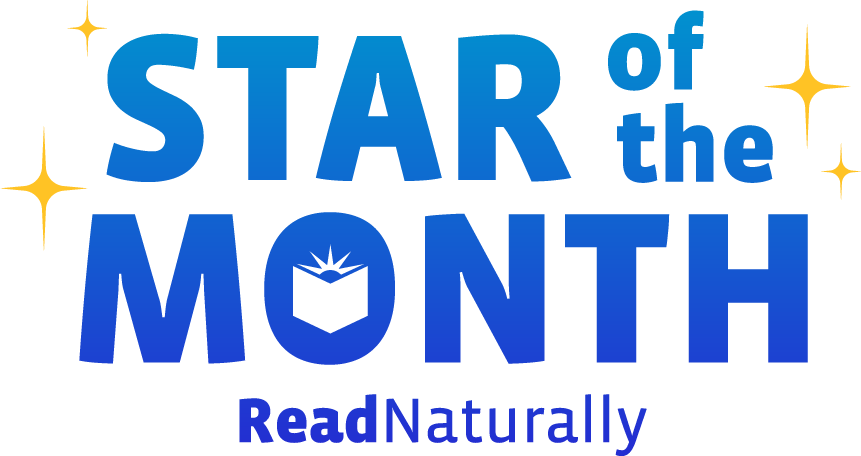Late last year, a teacher in need of a high-quality phonics program started using GATE+ with her students. She was so impressed with the quality and ease-of-use that she showed the program to her colleagues. They quickly realized they wanted GATE+ for their classrooms too. The teacher picked up the phone and ordered four more sets of GATE+! This is the kind of feedback we've been getting in the months since GATE+ started shipping. As soon as teachers realize how well this program works, they can't wait to spread the word.
Read more As another school year winds down, we’re taking a moment to look back at the blog posts that resonated most with our readers in the 2024–2025 school year. These top ten posts reflect your commitment to your students, your colleagues, and to literacy instruction in general. Whether you’re revisiting a favorite or catching up on one you missed, we hope you enjoy this roundup of the most-read and most-shared Read Naturally blog posts of the school year.
Read more In 1997, Congress asked the National Reading Panel to do the following four things:
1) Review all the research available (more than 100,000 reading studies) on how children learn to read.
2) Determine the most effective evidence-based methods for teaching children to read.
3) Describe which methods of reading instruction are ready for use in the classroom and recommend ways of getting this information into schools.
4) Suggest a plan for additional research in reading development and instruction (adapted from nichd.nih.gov).
Read more Signs for Sounds is a phonics-based spelling program that aligns with the Science of Reading. This program teaches phonics elements and builds mastery in encoding and decoding words with these elements. It also builds mastery in encoding and decoding high-frequency words that do not follow regular phonics patterns.
Read more Congratulations to Khloe, our June Star of the Month and the last star for the 2024-2025 school year! Khloe is a second grader at Pittsburgh Lincoln School in Pittsburgh, PA, who has made amazing growth using Read Naturally this year. Here is what her teacher, Ms. Shirey, wrote about her:
Read more Congrats on approaching the end of another school year! Your students have worked hard to accelerate their progress in reading this year, and avoiding the summer slide is more important than ever.
Read more Many teachers associate Read Naturally's GATE+ and Read Live with reading intervention—targeting students who need extra support to read at grade level. These programs are chosen by tens of thousands of educators worldwide for their ability to deliver quick and impactful...
Read more Congratulations to Ojany, our May Star of the Month! Ojany is a seventh grader at William Thomas Middle School in American Falls, Idaho. Here is what his teacher, Ms. Harker, had to say about him:
Read more How will your students spend their last day in the reading lab this year? While this might not be their most productive day ever (we all know how the last few days of school can be!), there’s still an opportunity to make it count. A great goal for this day is to set students up for summer success. Consider the following ideas.
Read more We’ve reached the time of year when many of you are filling up your summer calendars, making plans to keep your children’s minds and bodies busy. Quiet time to read might not earn a spot on your family calendar, but it should be highly prioritized nonetheless.
Here are some tips for boosting your children’s literacy this summer:
Read more  Share your student’s success story—nominate him or her for our Star of the Month award. Win a Barnes & Noble gift card for the student and a Read Naturally gift certificate for your class!
Share your student’s success story—nominate him or her for our Star of the Month award. Win a Barnes & Noble gift card for the student and a Read Naturally gift certificate for your class!